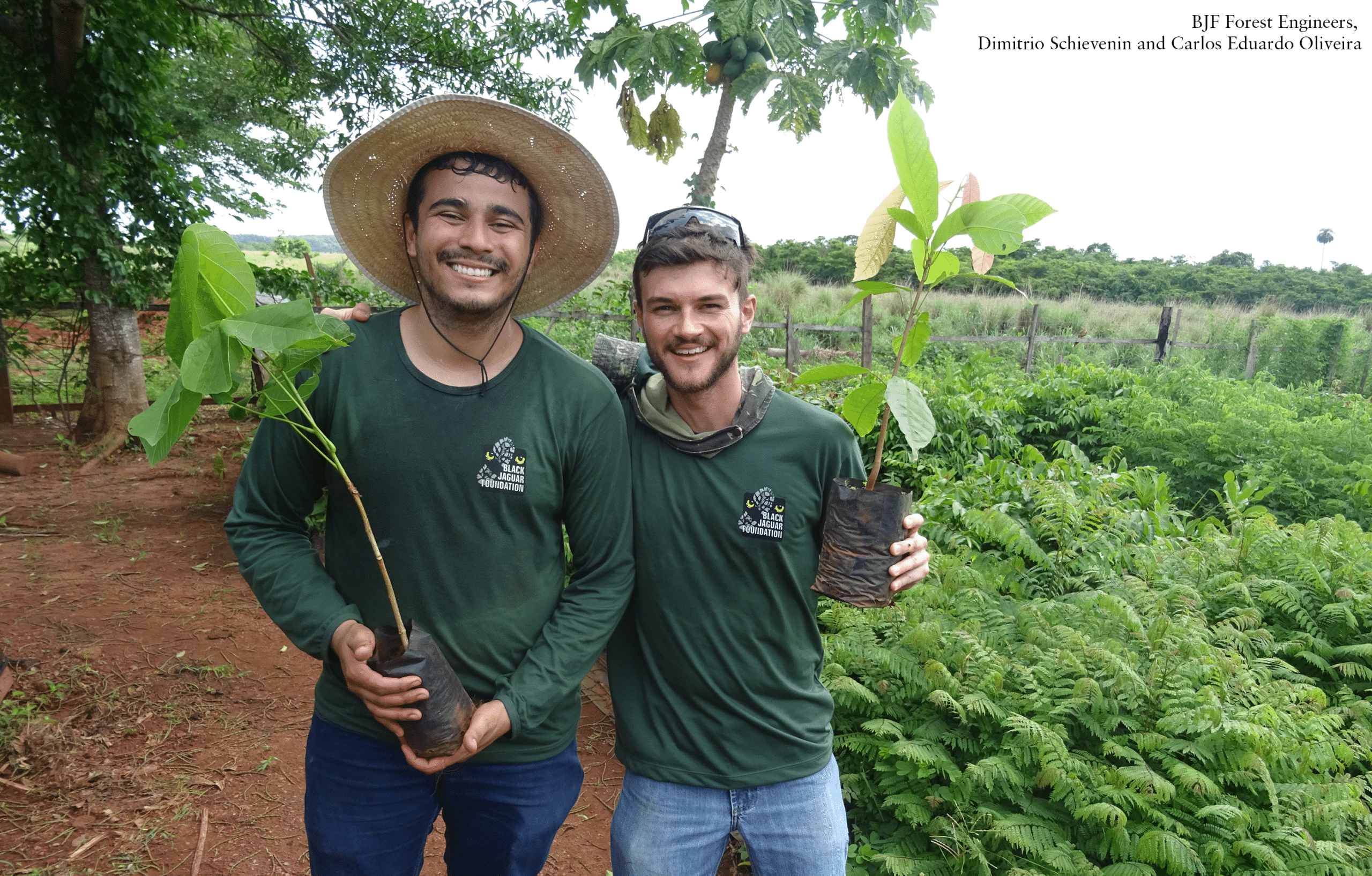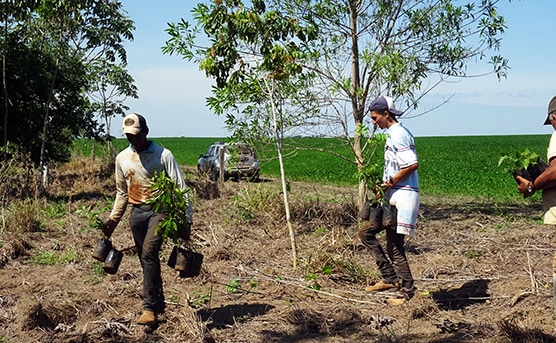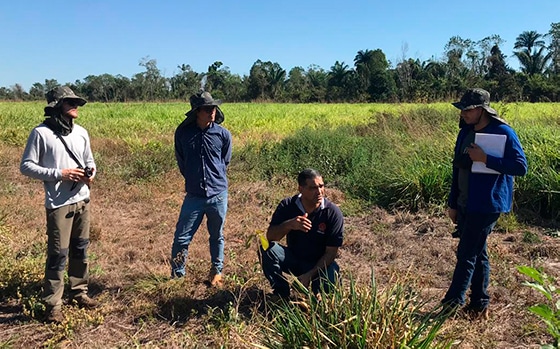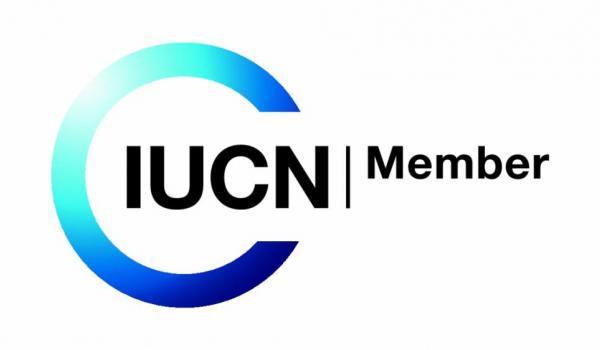
Em sintonia com o movimento global para conter o crescimento do corona vírus, decidimos adiar nosso evento bianual de Celebração dos Resultados, que ocorreria em 18 de abril na “LaBiomista” em Genk, na Bélgica. O evento está adiado provisoriamente para 29 de agosto de 2020.
Somos todos responsáveis por ajudar a conter a disseminação do vírus de todas as formas possíveis e, assim, amenizar o risco para a saúde pública.
Nós estamos seguindo as recomendações da Organização Mundial da Saúde (OMS) e nossos respectivos governos do Brasil, Holanda, Bélgica e Alemanha. Continuaremos tomando as providências necessárias, incluindo restringir viagens para a região do Araguaia, onde existe um número muito baixo de contaminação neste momento.

Com seu apoio essencial, conseguimos atingir no ano passado etapas muito importantes. O crescimento de nossas ações de reflorestamento, como sempre, é um grande sinal de esperança para nosso futuro. Nos próximos dias compartilharemos boas notícias e as grandes etapas conquistadas, mantendo vocês sempre bem informados sobre nosso progresso.
A proteção da biodiversidade do planeta é crucial para preservamos os sistemas de equilíbrio da natureza. O meio ambiente tem implicações em todos os aspectos da humanidade, por isso estamos cada vez mais determinados a manter a nossa missão.
Seu apoio é fundamental, e esperamos em breve comemorar juntos nossas conquistas em Genk.
Cuidem-se bem,
Um grande abraço,
A equipe BJF







































